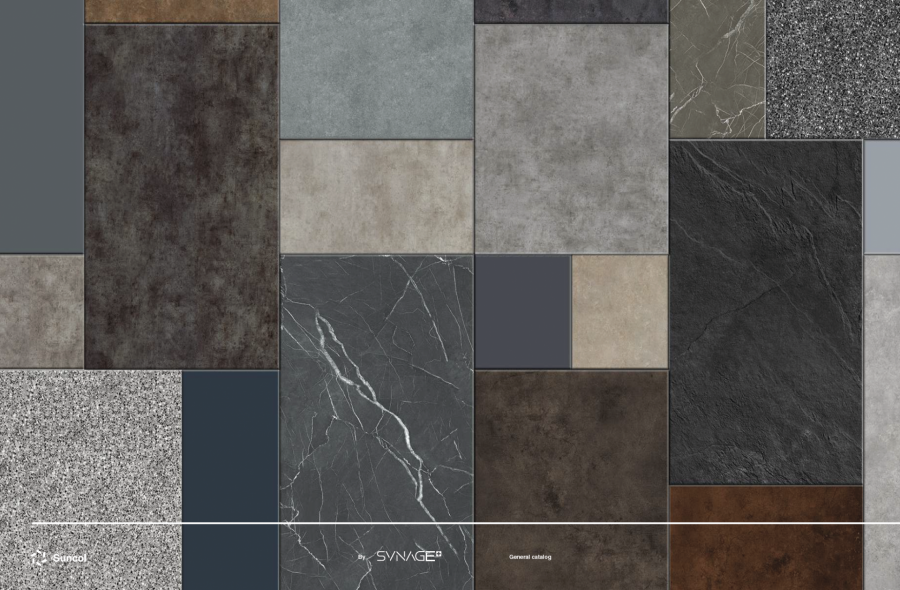What's the future for concrete?
Concrete is the second most consumed product in the world after water. The ecological cost is enormous. In the midst of the climate crisis, industry manufacturers are stepping up their commitments to carbon neutrality. Much “greenwashing” for few efficient solutions. However, concrete does not appear to be in danger of being replaced. The global challenge is to find ways of making products and their use more energy-efficient, sustainable and environmentally friendly.
On our roads, in the hulls of nuclear power plants, in skyscrapers, in residential buildings of all kinds, in bridges and roads… concrete is everywhere. Every second, almost 150 tonnes of concrete are poured worldwide. Its use is set to quadruple by 2050, to around 30 billion tonnes a year. It’s cheap, easy to make and ubiquitous. It also accounts for around 8% of human CO2 emissions, due to the way it is manufactured and used. And cement - its main ingredient - is the most polluting part of the mix. Concrete is made up of several elements - water, sand and cement-bound aggregates - mixed in different recipes for different purposes. Once poured into the structure, the concrete must rest and be tested for some time until it is “ready to use”. Working with concrete requires in-depth knowledge, time and a great deal of research to perfect it.
What’s more, we haven’t anticipated global warming, nor the fact that sand is not as inexhaustible as it seems. Two-thirds of concrete is made up of aggregates, including sand, which accounts for more than 40 billion tonnes a year, making it the second most used raw material after water. Sand extraction is becoming a problem. It takes place off the coast, in rivers and lakes, sometimes illegally, and contributes to coastal erosion and the salinization of water tables.
For many, this context is an incentive to go greener than green, and therefore to disown concrete, whose reputation has deteriorated over the last few decades. Although in theory concrete has its place in new material mixes, some decision-makers will tend to prefer wood or other materials, even if these are not always the most suitable.
But the issue of quality is too important and too complex. To settle for a simple or even simplistic solution. From an ecological and economic point of view, concrete has a strong case to make, especially as it has begun its low-carbon transformation. So why relegate it to “yesterday’s world”, without giving it a chance to complete its own transition? The answer is simple. “Don’t do it! Solutions exist.”
In this context, Aruliere works to select and make available the most advanced technologies on the world market, and helps designers choose the solution that brings out the innovative and avant-garde character of their projects.
It’s by working together that we’ll achieve the best results for today and for our future.
To find out more, contact us today.


